Wikipedia defines a novella as “a narrative prose fiction whose length is shorter than most novels, but longer than most short stories.”
There are debates as to what exactly this means, but there seems to be a general agreement that it is a story of no more than one hundred and fifty printed pages, and as brief as sixty. You can choose your own pagination.
My own definition is that a novella is a novel that you can read — in its entirety — in three or four hours. Obviously, that depends on your own reading speed, but I like the notion that you can read the work in one long sitting. In fact, one of the pleasures of reading a novella is that you absorb the whole narrative experience in one go.
Among famous novellas, there is F. Scott Fitzgerald’s The Great Gatsby, published a hundred years ago. Hemingway’s The Old Man and the Sea. Steinbeck’s Of Mice and Men. Dickens’ A Christmas Carol. James’ Turn of the Screw, Stevenson’s The Strange Case of Dr. Jekyll and Mr. Hyde, and on it goes. You get the idea.

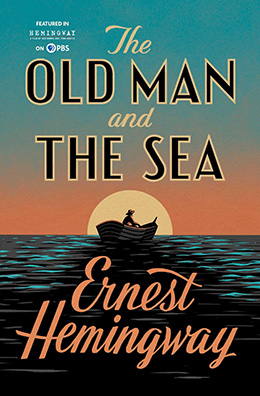
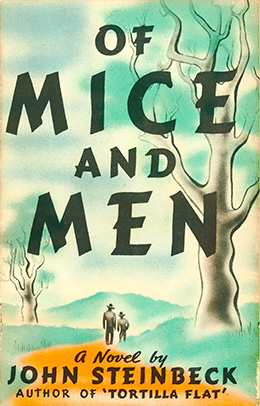
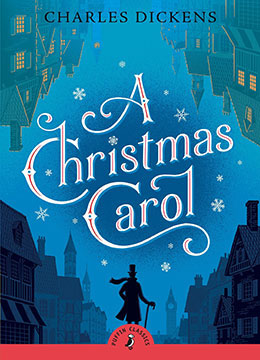

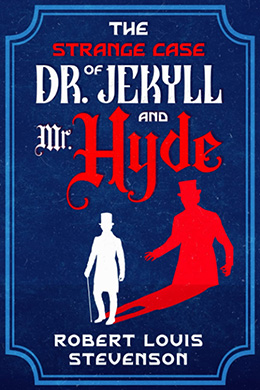
[If you go to the internet and type in “Best novellas,” you can find any number of long lists. I bet you may be surprised by how many titles you know.]
What’s not generally noted is that countless children’s book novels, in fact, fit the definition of novellas. You can start with Alice in Wonderland.
From this writer’s point of view, creating one is very satisfying. It’s no surprise then that I’ve written a good number. Among them, The Fighting Ground, The Button War, Something Upstairs. And the forthcoming The Road from Nowhere (January 2026, no cover image available yet).
I don’t mean to take anything away from the experience of a long novel, which has the reader living with characters and story for an extended, deep period of time and thought. I have a lovely memory of reading a Trollop novel, starting one early Friday evening, and spending all of a rainy Saturday — far into the night — luxuriating in all nine hundred or so pages. It was like living an extra life.
But there is a narrative tension and movement in a novella that can give enormous energy in the telling. Knowing that the reader will take them in with one (or two) immersive gulps means that you need to hone your prose to its sharpest edge, allowing for both poetic diction as well as insightful sparks of revelation. The short journey means there is not a lot of asking, “Are we there yet?”
In the revision process — which I always love — you need to be hard with your edits, precise in your vocabulary, smart in your plotting, and revelatory in character delineation. It’s also not beside the point that in the revision process, you can take in the whole novella, so it works as just that — the whole work. No room for a lot of loose threads — to mix my metaphors.
I’ll even go so far as to suggest that children’s fiction often has an outsized impact because it has the novella’s impact. Watch a young person read one.
Short novellas can bring long memories.
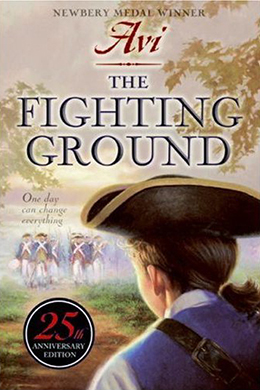
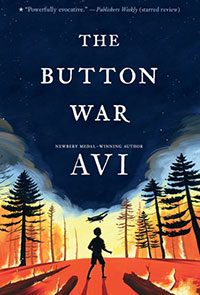
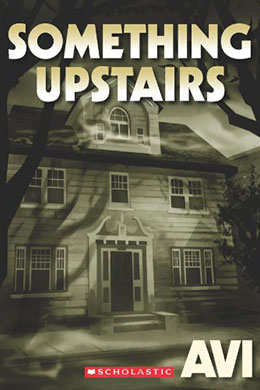
3 thoughts on “When Short is Long”
When will your novel “Rat Race” be published?
A publisher has yet to commit to the book, so it’s impossible to know when. How did you learn of its existence?
I heard you mention it in a video interview that you did with a bunch of schools, you said it would be out next year.